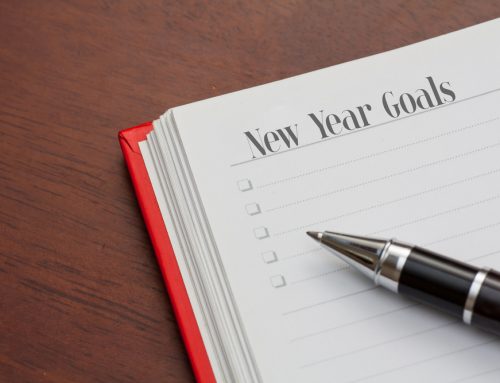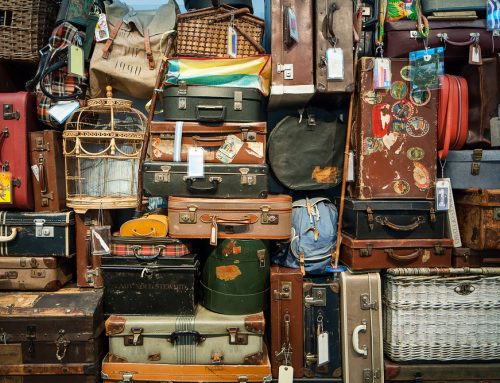
Personal Hygiene During Medieval Times vs. Modern Hygiene
It may surprise you to learn that while modern knowledge has transformed our understanding of health and personal hygiene. Archeologists have found evidence of soap-like materials being in use as early as 2800 BC. So, while it might be tempting to tell ourselves something like, “Meh, I’ll go without washing my hands. My ancestors didn’t do it, so I’ll be fine”– history shows us that isn’t true.
Read on to learn about cleanliness and how culture shaped handwashing and hygiene practices in the 15th and 16th centuries.
The Evolution of Soap and Washing
The first documented use of soap was 4,500 years ago when people from Girsu washed and dyed wool for textiles. Soon after, by 2200 BC, soaps were being used to wash individuals suffering from skin conditions, suggesting an awareness of a link between cleaning the body and physical wellness.
By the 15th and 16th centuries, that awareness had evolved into common expectations of personal hygiene, including regular washing of hands before and after meals and many other rituals still in use today.
In fact, medieval doctors vehemently encouraged regular body washing routines, prescribing bathing for everything from common colds to bladder stones to mental conditions like “melancholy,” an early term for persistent feelings of sadness that today would likely be classified as a symptom of depression.
They even recommended teeth rinsing every morning, which was an early recognition of the importance of oral hygiene.
Still, it’s important to point out that early understandings of illness and germs were very limited. Fun fact, until the 17th century, people believed that parasites and other germs appeared spontaneously out of the dirt.
Hygiene Practices in Medieval Times
When we look at the specific washing routines in use during Medieval times, a few habits stand out:
- Hand Washing Before and After Meals
During Medieval times, people considered cutlery a luxury, and most people ate without it. During this time, they perceived washing dirty hands before a meal as a demonstration of respect for whoever was feeding them. This hygiene etiquette transcended power hierarchies, meaning that it was expected from the wealthiest royalty to the poorest peasants.
As such, it was common practice to wash hands in a basin of water before and after meals. Towels were even used near these basins so that people could dry their hands immediately after washing them.
Surprisingly, with the widespread adoption of eating utensils in the 18th century, the expectations around handwashing before and after meals began to fade. This led to the conclusion of a few hundred years of common/ expected when handwashing before and after meals.
- Morning and Evening Washing Routines
While handwashing before and after meals was primarily done as a sign of respect in the 15th-17th century, morning and evening washing routines were all about personal hygiene.
It was expected for people to begin the day by washing their hands and faces every morning, especially since fleas and lice were a common problem in highly populated areas. Rinsing teeth was expected to clean away any materials that had developed on the teeth overnight.
In the evening, foot washing was commonly done for physical well-being and was thought to cure the common cold.
Modern Hygiene Habits
It’s interesting to observe today’s hygiene habits and notice that motivations surrounding morning and evening hygiene routines, as well as handwashing routines before and after meals, seem to have flipped.
Now, personal hygiene routines like brushing your teeth, wearing deodorant, and washing your body regularly may be perceived, in part, as a common courtesy expected from those around you. As is encouraged by major health authorities like the CDC, washing hands before and after meals is essential in protecting yourself against germs and illnesses.
Regardless of your reasons for regularly washing your hands, brushing your teeth, or engaging in other hygiene methods, it’s clear that these various habits didn’t appear out of thin air. With the arrival of modern medicine and scientific understandings, it is easy to see why people integrated them into our daily lives for hundreds and even thousands of years.




